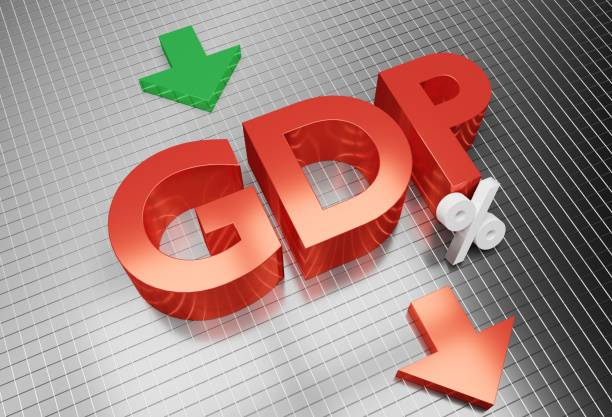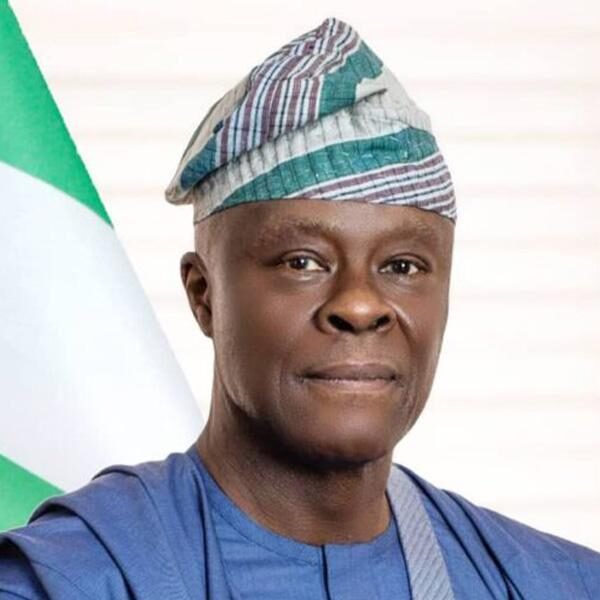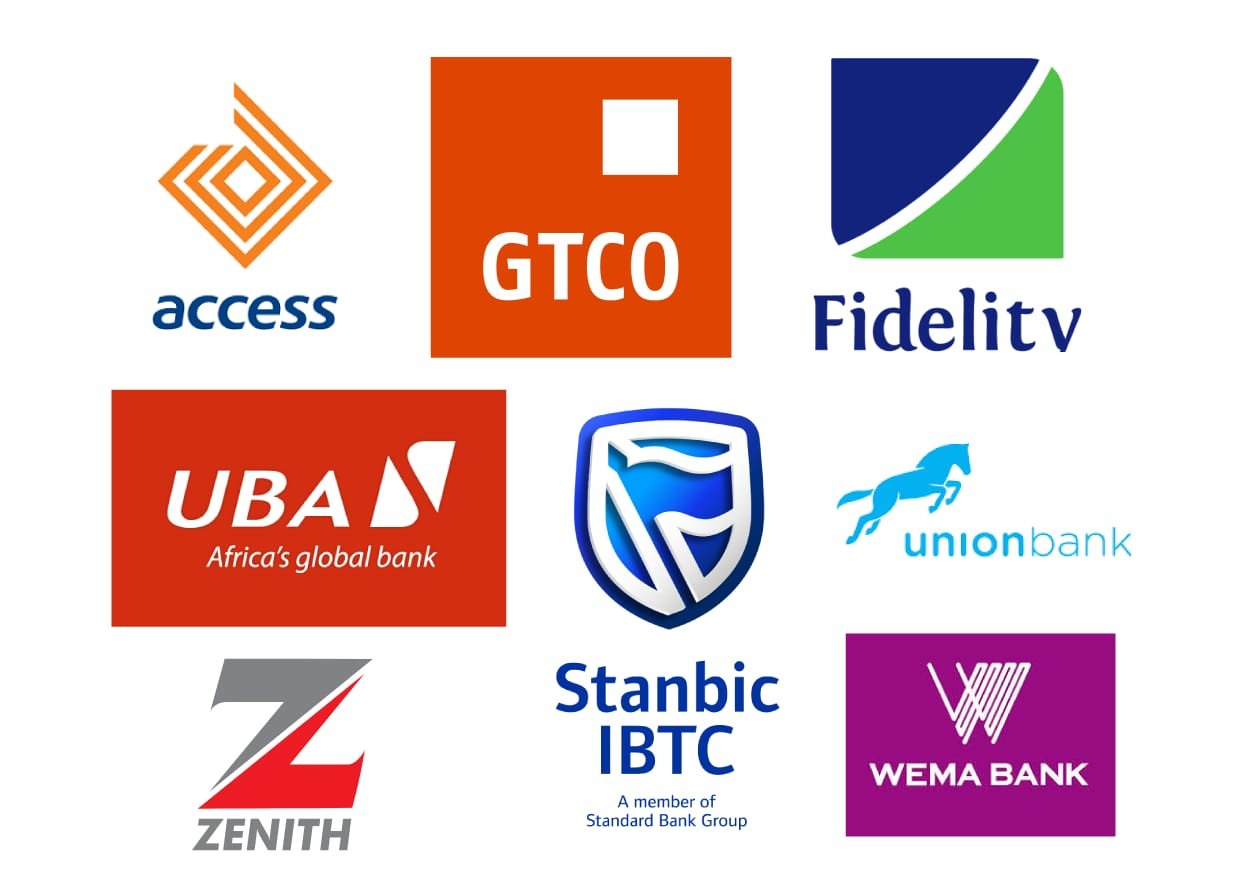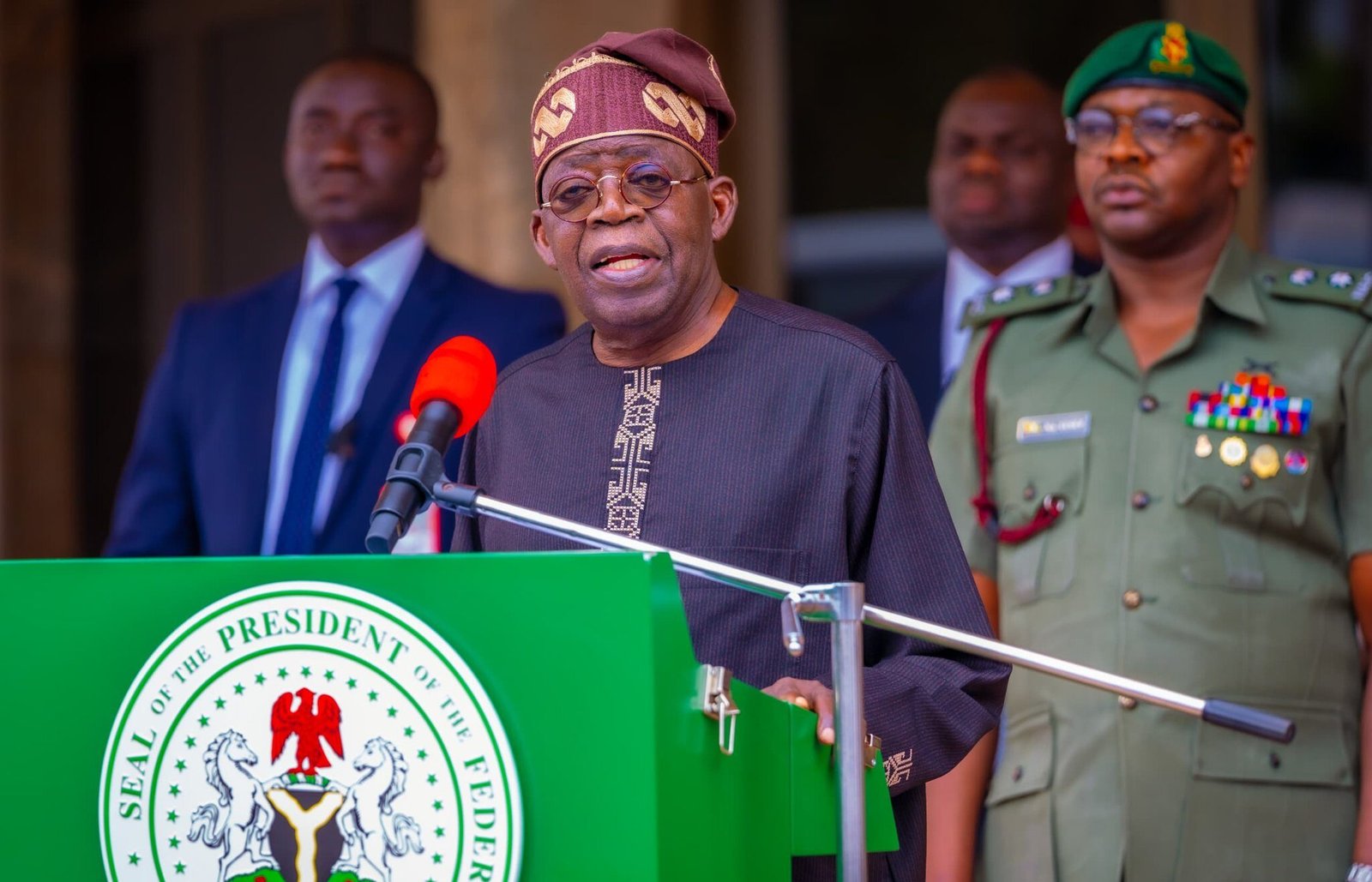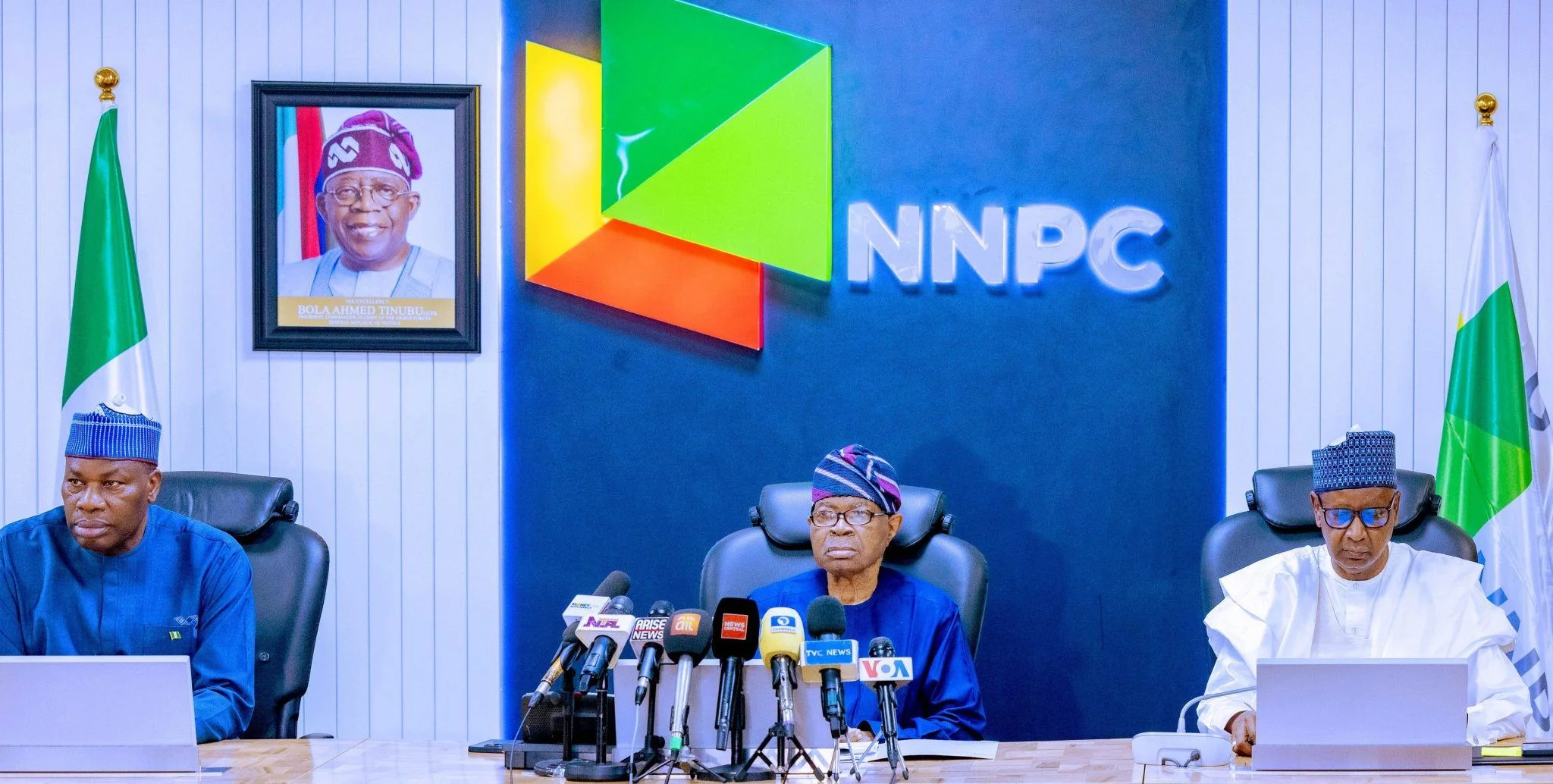Have you ever wondered what Gross Domestic Product (GDP) means? At its core, GDP measures the total value of goods and services produced within a country over a given period, offering a snapshot of the economy’s size and health.
Now, Nigeria is preparing to rebase its GDP in 2025, a move by the National Bureau of Statistics (NBS) to provide a more accurate reflection of the country’s dynamic and rapidly evolving economic landscape.
Rebasing is a routine statistical practice performed by national statistical offices globally, intended to ensure that GDP estimates remain relevant and current.
Also Read:
- Bismarck Rewane Doubts Rebased CPI, Says Inflation Can't Fall By 10% So Quickly
- NBS to rebase Nigeria's GDP and CPI to reflect economic accuracy and structural changes
- NBS's GDP and CPI Rebasing: Experts Question Integrity and Methodology
- Transition Report: Edo State Economy GDP Doubles to ₦4.09 Trillion Under Obaseki’s Leadership
NBS is set to release its 2025 rebased Gross Domestic Product (GDP) figures on Friday, using 2019 as the new base year, replacing the previous 2010 benchmark used in the 2014 rebasing exercise.
The choice of 2019 reflects a relatively stable economic year before the shocks of the COVID-19 pandemic and subsequent global disruptions.
According to the NBS, the rebasing will allow the inclusion of new industries, updated methodologies, and fresh data sources that better reflect Nigeria’s modern economy. Think of digital activities, arts, culture, and tourism, sectors that were negligible in 2010 but have significantly expanded over the years.
By updating the GDP base year, the NBS can more accurately capture the contributions of these sectors, providing valuable insights for government, investors, and policymakers. It also allows for better economic planning and performance evaluation using modern classification systems and improved estimation techniques.
Nigeria’s first GDP rebasing was conducted in 1975, lifting the economy’s size to $27 billion. The most recent one was the 2014 rebasing exercise, which saw the use of 2010 as the base year. This pushed Nigeria’s GDP to 80.2 trillion naira, approximately $510 billion at the time, making Nigeria Africa’s largest economy.
That rebasing saw Nigeria leapfrog South Africa, which had a GDP of $370.3 billion, and placed it as the world’s 26th largest economy. GDP per capita nearly doubled, rising from $1,437 to $2,688.
However, the economic trajectory since then has been turbulent. Due to currency depreciation and oil market volatility, Nigeria’s nominal GDP in dollar terms plummeted from $510 billion in 2014 to an estimated $187.76 billion in 2024.

Per capita income has also dropped significantly, falling to just $835. Despite these challenges, real GDP growth rebounded from -1.6% in 2016 to 3.4% in 2024, with services and a modest oil sector recovery leading the charge.
The upcoming rebasing is expected to raise Nigeria’s GDP figures again, just like in 2014, but the implications are multifaceted. While it could improve investor sentiment, enhance Nigeria’s global economic standing, and increase GDP per capita, as well as other GDP-related metrics, it also affects macroeconomic indicators used to assess fiscal health.
Key ratios such as stock market capitalization to GDP, tax-to-GDP, revenue-to-GDP, and debt-to-GDP ratios may also change unfavorably, potentially complicating budgetary and policy benchmarks.
In essence, the GDP rebasing is a double-edged sword. While it can make the economy look bigger and more diverse, it may also dilute critical ratios used to evaluate economic stability.
According to IMF projections, Nigeria’s rebased GDP is expected to hit $387.1 billion in 2025, marking a substantial increase from current figures. This suggests an economic revaluation that could reassert Nigeria’s position among Africa’s leading economies.
Nonetheless, structural issues like inflation, poverty, and insecurity, living standards continue to impede broad-based economic progress. Accurate GDP figures can help target reforms, but growth will depend on how well the government can balance the optimism of a higher GDP with the reality of macroeconomic challenges to achieve sustainable growth.


